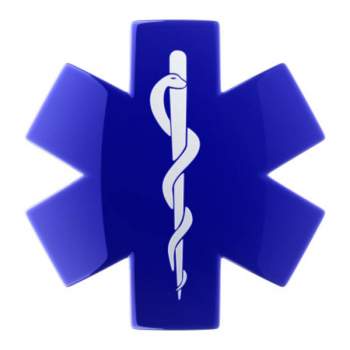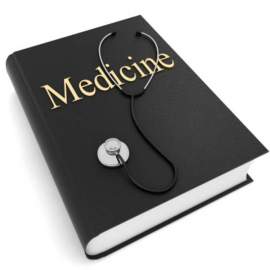
Clinical Negligence: Proving Your Case

WHAT IS CLINICAL NEGLIGENCE?
Clinical negligence, also referred to as medical malpractice, is loosely defined as negligence by a medical professional that results in injury to a patient. Like any other form of negligence clinical negligence requires that the plaintiff prove four (4) elements in order to show a prima facie (on its face) case for clinical negligence. These elements are:
· The medical professional had a DUTY OF CARE owed to the plaintiff
· The medical professional BREACHED that DUTY OF CARE
· The breach was both the ACTUAL and PROXIMATE CAUSE of the injury
· The injury resulted in DAMAGES to the plaintiff
WHAT IS A MEDICAL PROFESSIONAL'S STANDARD OF CARE
When analyzing an action for clinical negligence a medical professional must have breached a duty of care that he/she owed to the patient. Unlike traditional negligence cases the medical professional is held to a higher duty of care than that of the ordinary prudent person. In this context the medical professional is held to the ordinary prudent person in the medical profession standard. Unlike other forms of standards of care the medical community is held to a national standard. It does not matter whether it is local custom in a small town in Pennsylvania to perform an operation one way where a physician in New York City might perform another. A medical professional performing his duties within the United States is considered to be competent and follow the generally accepted practices of a medical professional anywhere in the United States. This includes the rules and practices followed by the AMA and other generally accepted practices. If a physician performs an operation that would be considered out of date in the majority of the country but is still accepted in that physicians geographic reason he can be subject to a medical negligence action if that outdated practice results in injury.
HOW ARE PROXIMATE CAUSE AND ACTUAL CAUSE EVALUATED IN MEDICAL NEGLIGENCE CASES?
As with any other tort case in negligence, to prove clinical negligence the plaintiff must show both ACTUAL and PROXIMATE cause. The actual cause means that "but for" the medical professionals actions the injury would not have occurred. For example "but for Doctor leaving a sponge in Patient the Patient would not have developed an infection. Along with the actual cause the plaintiff must also prove proximate cause. This, also known as legal causation, refers to the medical professional actions being the superseding cause of the injury. In the sponge example this would be best be shown by stating "even though the physician left the sponge in the patient he was not the proximate cause for the patient was killed in a motorcycle accident after leaving the hospital." Here even though the patient would have gotten an infection from the sponge this negligent action was superseded by the motorcycle action which was the proximate cause of the ultimate injury.
WHAT DAMAGES MUST BE PROVED?
As in any negligence action, damages in a clinical negligence action must be proven by the plaintiff. There are two (2) types of damages that a plaintiff may seek. These include economic damages and non-economic damages. Economic damages include damages for the actual physical injury, medical expenses, compensation for lost work, etc. Non-economic damages are those that do not have a specific monetary loss associated with them, such as pain and suffering.
NEXT: Clinical negligence compensation



















